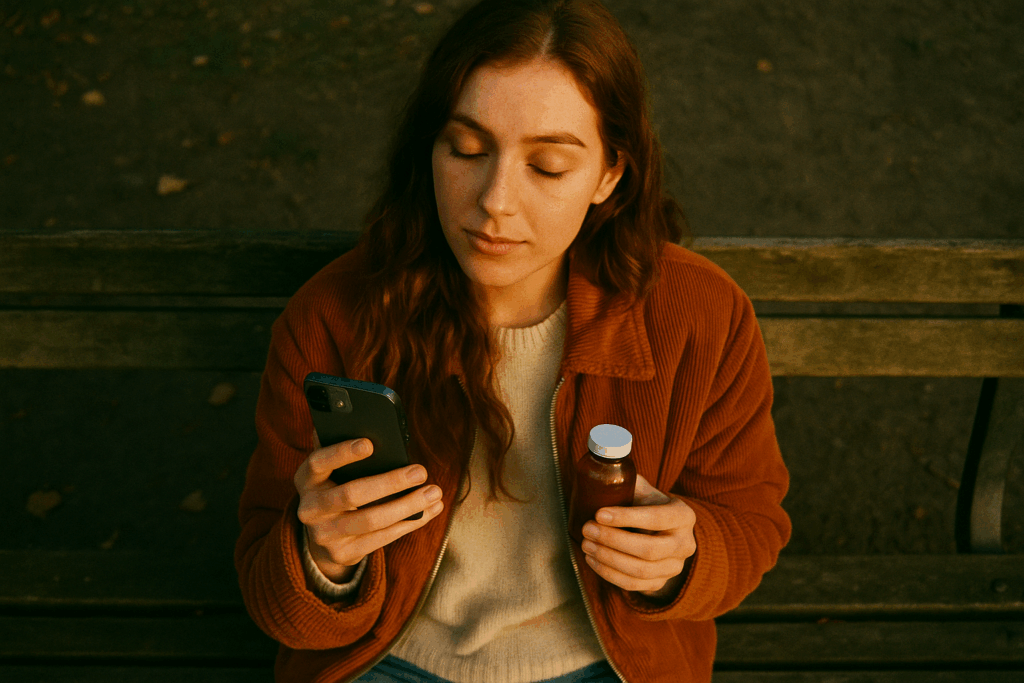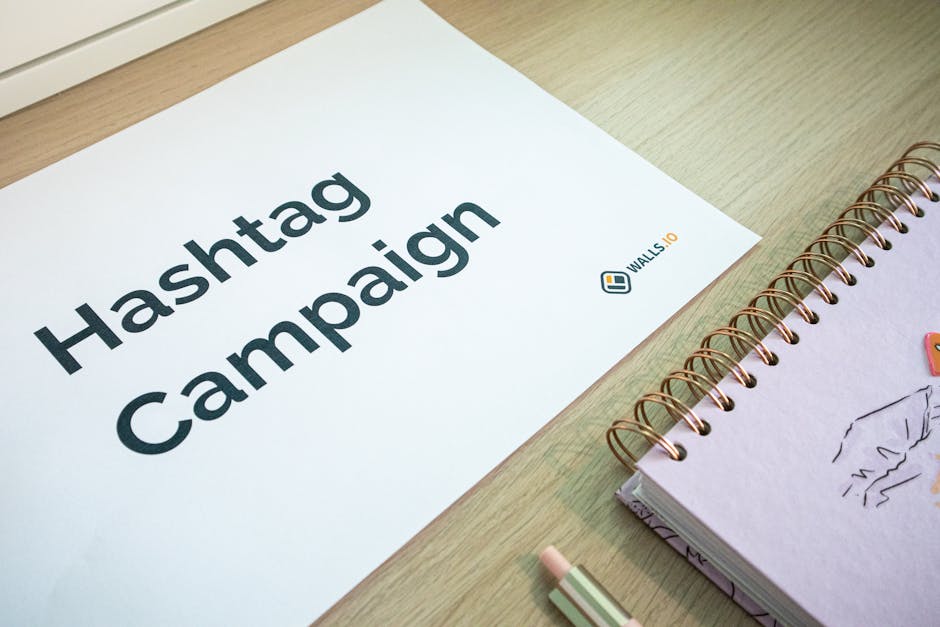Intro: What “Going Viral” Actually Means Today
Viral used to mean big numbers fast. Views, likes, shares—all stacked sky-high. But numbers don’t always tell the full story, especially in 2024. Real reach is now about who engages, not just how many. It’s about retention, sentiment, community response. Vanity metrics make noise. Real impact drives action.
As audiences become savvier and content fills every corner of every feed, flashing bright just isn’t enough. The smartest campaigns are designed for longevity, not just volume. They ride culture, not trends. They get people talking—not just tapping “like.” Brand loyalty, conversions, even earned media—all live downstream of truly resonant storytelling.
Some campaigns explode because they stick to core emotions—curiosity, humor, vulnerability. Others fizzle because they’re all gloss, no grip. In a saturated world, virality isn’t random. It’s engineered: through timing, tone, platform intuition, and yes—knowing the difference between being seen and being remembered.
Case Study 1: Building Buzz with Authenticity
Brand: BareWit, a clean-skincare startup that launched with a $5k marketing budget and zero celebrity endorsements.
Strategy: Rather than pour funds into ads or hire influencers out of budget, BareWit doubled down on user-generated content (UGC). They encouraged customers to post short, unfiltered reviews directly to their personal socials—with a prompt: “Show us your real skin story.”
Tactics Used: No production crews, lighting rigs, or scripts. Just people filming in their bathrooms, unboxing products, and giving honest takes. The brand re-shared the best content across its own channels, stitching clips together to build a mosaic of customer stories. Each post focused more on journey than outcome.
Results: Within three months, BareWit saw a 240% spike in organic reach across Instagram and TikTok. Video share rates were 2.8x above industry average, and engagement rivaled some of their better-funded competitors. They didn’t pay to go viral—people passed the story along because it felt like someone they knew.
Key Takeaway: In a scroll-fatigued world, low-lift, real content wins. People don’t share perfection—they share recognition.
Case Study 2: Leveraging a Misstep the Smart Way
Brand: LiquidFuel Energy Gel
What started as a launch, turned into a flop. In early 2023, LiquidFuel rolled out a harshly-packaged line of energy gels targeted at endurance athletes. The problem? Runners and cyclists mocked the industrial design and overly aggressive branding. Social media lit up with memes comparing it to motor oil and toothpaste. Sales stalled, and backlash brewed.
Instead of going quiet, the brand listened. Fast. They handed the mic to the community, reposting critiques with self-deprecating commentary. Then they pulled off a full product redesign—crowdsourced by fans. Packaging became sleeker, tone got friendlier, and the brand leaned into its underdog status.
That pivot sparked a wave. The redemption arc went viral, fueled by community involvement and a clear willingness to own the L. Athletes appreciated the transparency, and even former critics became advocates. Sales rebounded hard.
Virality didn’t come from the perfect launch; it came from the imperfect one—handled with humility and smart strategy.
For a closer analysis, check out Lessons from Marketing Failures Turned Into Wins.
Key takeaway: If you’re going to mess up, do it in public and fix it there too. The rescue story can be stronger than the pitch.
Case Study 3: Social-First Storytelling That Stuck
Brand: Everloom (lifestyle fashion startup)
Everloom didn’t flood feeds with sale promos. Instead, it made its mark with compact, high-impact stories tailor-made for TikTok, Reels, and YouTube Shorts. No models holding up products. No one saying “buy this.” Just raw, human snapshots: a 30-second clip of a young woman re-wearing her Everloom jacket over five years—from high school parking lots to her post-grad apartment, set to a simple voiceover about outgrowing places, not pieces.
The campaign leaned hard into platform-first creative. Each short clip was designed to feel less like an ad and more like a lived moment. Visual pacing did some heavy lifting—fast cuts, mixed textures, relatable backdrops. These weren’t product demos. They were micro-narratives.
What made it work? Emotional resonance. It wasn’t about the jacket. It was about time, memory, and continuity—all wrapped up in visual storytelling that didn’t ask for a single dollar. And it hit: millions of views, hundreds of stitches and duets, plus a steady uptick in organic interest.
Key takeaway: When the story leads, the product follows. People don’t scroll past what they feel. Narratives travel farther than pitches every time.
Common Threads Behind the Success
What sets viral campaigns apart in 2024? It’s not big budgets or celebrity cameos—it’s speed, relevance, and connection. The brands that win are the ones with fast reflexes. They see a meme break at noon and have a response by dinner. They read the room and never show up late to the cultural moment.
Just as important: they build with community, not around it. These teams know their audience because they’re listening to them, engaging with them, even handing them the mic. That two-way relationship turns one-time views into actual loyalty.
Another shift? Creators now drive more attention than A-list names. A 20-year-old with a camera and trust-based influence outperforms polished influencers with no real bond to their audience. People crave familiarity, not gloss.
And finally—simplicity wins. Brands that go viral are clear, not clever. They don’t try to say everything at once. They don’t hide behind layers of jargon or gimmicks. The message is clean and instantly digestible. When you make it easy to get, you make it easy to share.
Final Thoughts: What to Learn Now
Going viral isn’t a fluke—it’s a blend of timing, structure, and emotional clarity. The brands that win understand patterns. They spot the hooks people respond to, repeat what works, and phase out what doesn’t. There’s an evolving rhythm to content that cuts through the scroll, and the top players are tuned into it.
But recognition alone isn’t enough. You need flexibility. A campaign that’s overly rigid gets left behind mid-trend. The content that sticks is the stuff that reacts in real time—sometimes even reshaped by the audience itself. It’s a conversation, not a broadcast.
Don’t fall into the trap of chasing metrics that look good on a pitch deck but mean nothing to your audience. Instead, look for signs of real connection: shares, comments that go beyond emojis, DMs, reposts with context. That’s resonance. And it’s harder to fake.
The core strategy? Keep testing. Stay curious. Iterate fast. But above all, stay human. People crave content that feels like it came from someone, not something.
Looking for more strategic pivots that turned losses into wins? Dig deeper here: Lessons from Marketing Failures Turned Into Wins



